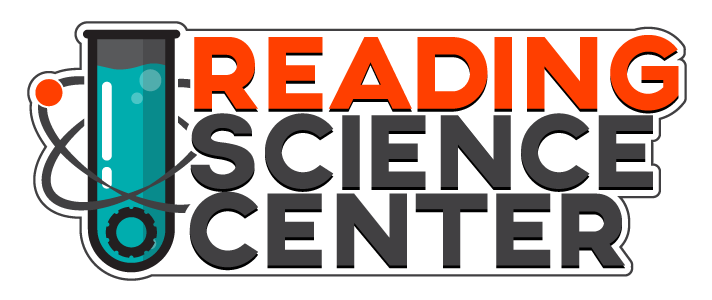Have you ever wondered about the shocking science behind static electricity? In this experiment, you will be adding electrons to a balloon to discover what materials around you are positively and negatively charged! Show us a picture of the balloon giving you a cool hair-do!
Question
What items in your house are positively charged? What items are negatively charged?
Materials
- Balloon
- An assortment of items. This could include:
- Paper pieces
- Glitter
- Salt
- Pepper
- Cereal (crispy rice works well)
- A plate for each item
What to Do
- With an adults help, blow up and tie the end of the balloon. Rub the balloon on your hair or your shirt – Make sure to count at least to 10 before stopping
- Wave the balloon over the different plates – you may need to rub your balloon again
How do the different items act differently?
What is happening?
Everything around us is made of tiny things called atoms, and atoms are made of even smaller things called electrons. Electrons have a negative charge.
Electrons are passed easily between different materials. Some materials – like the balloon – pick up electrons – and other materials like your shirt – give electrons away. Electrons from your shirt jump to the balloon when you rub them together – this is called static electricity.
When the balloon has lots of electrons, it is negatively charged. The balloon is attracted to things – like the items on the plates – with positive charges and pulls the item towards it.
The balloon will repel – or push away – anything that also has a negative charge like it does.
Which items have a positive charge? A negative charge?






